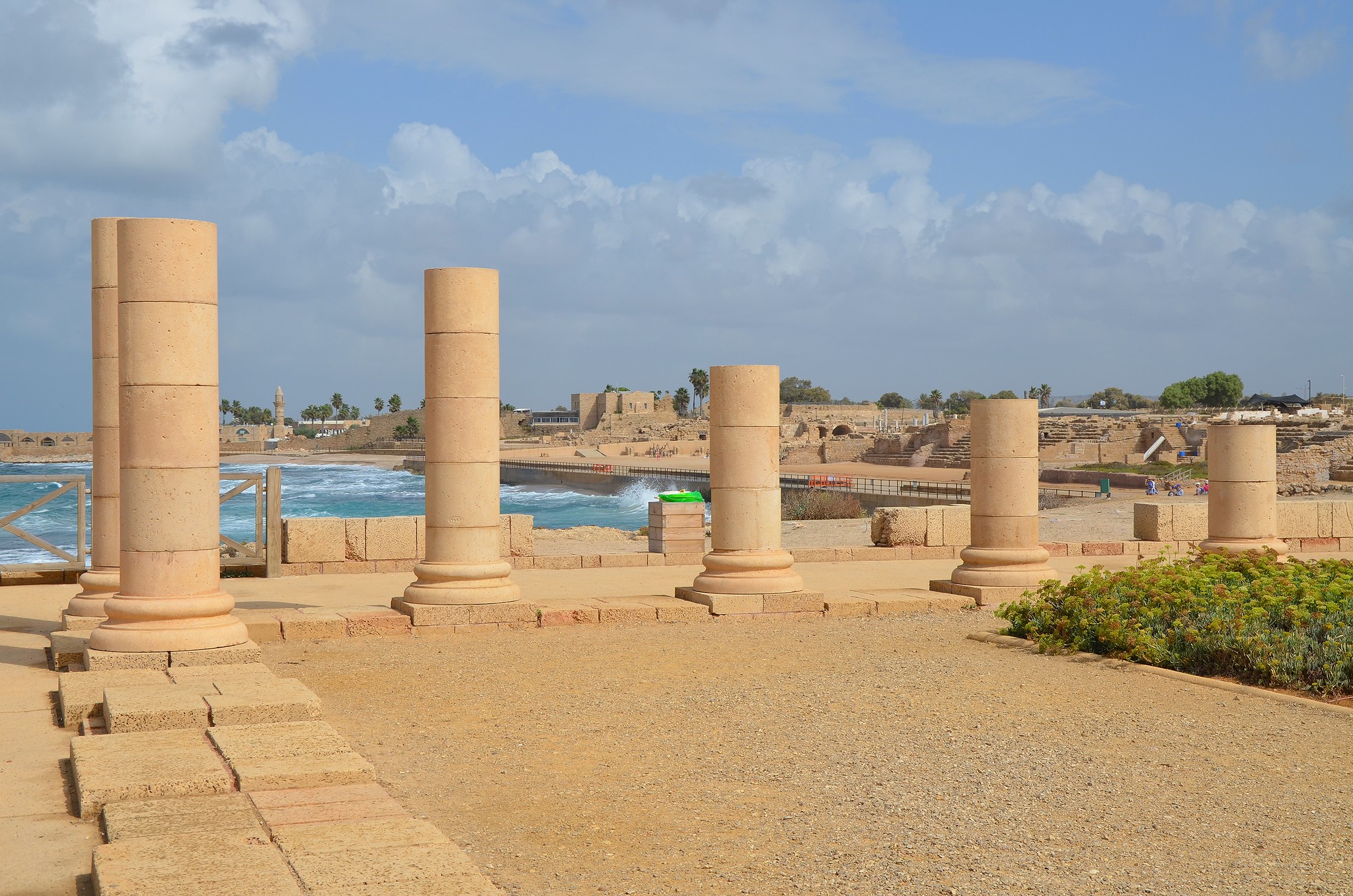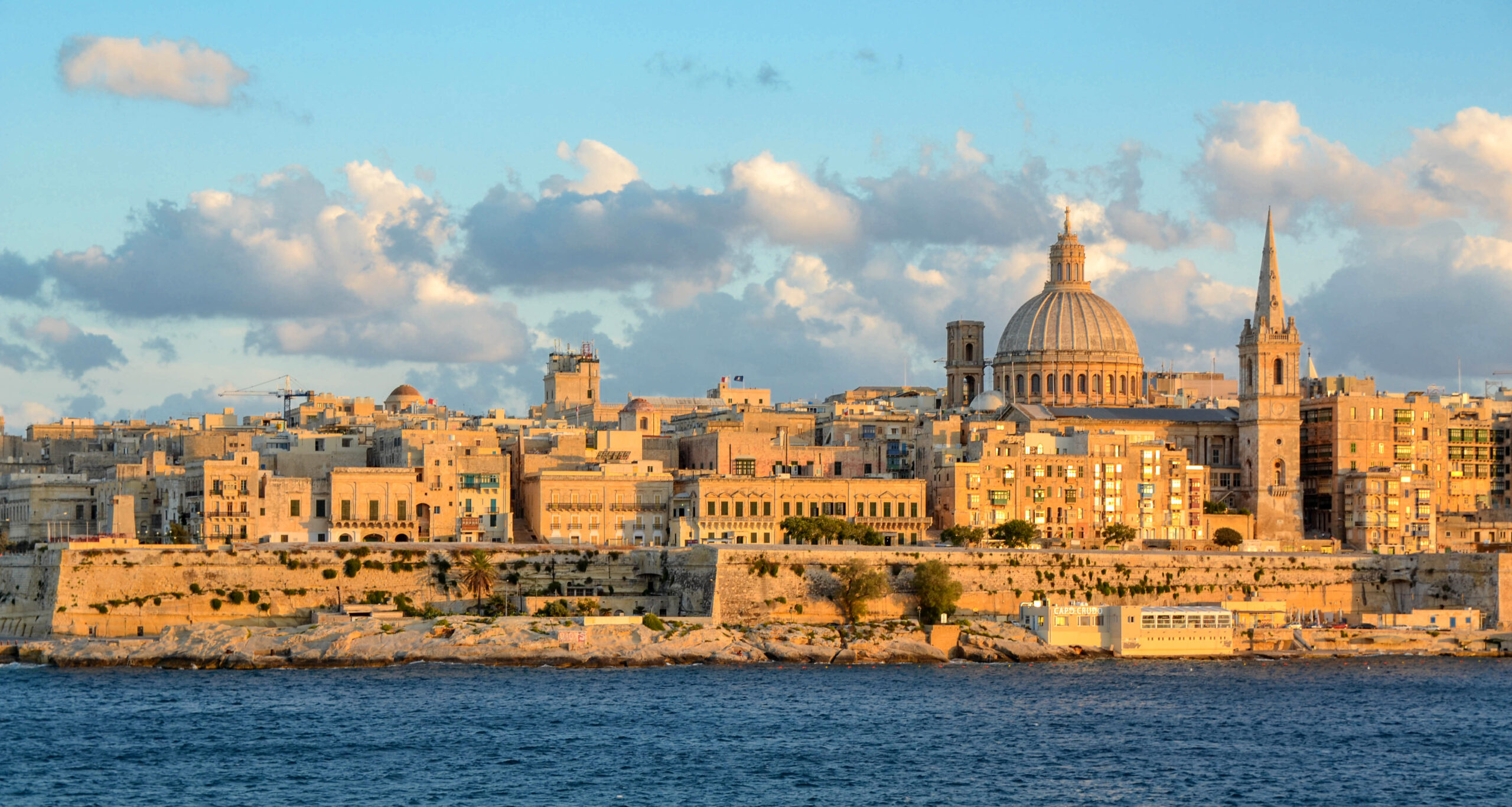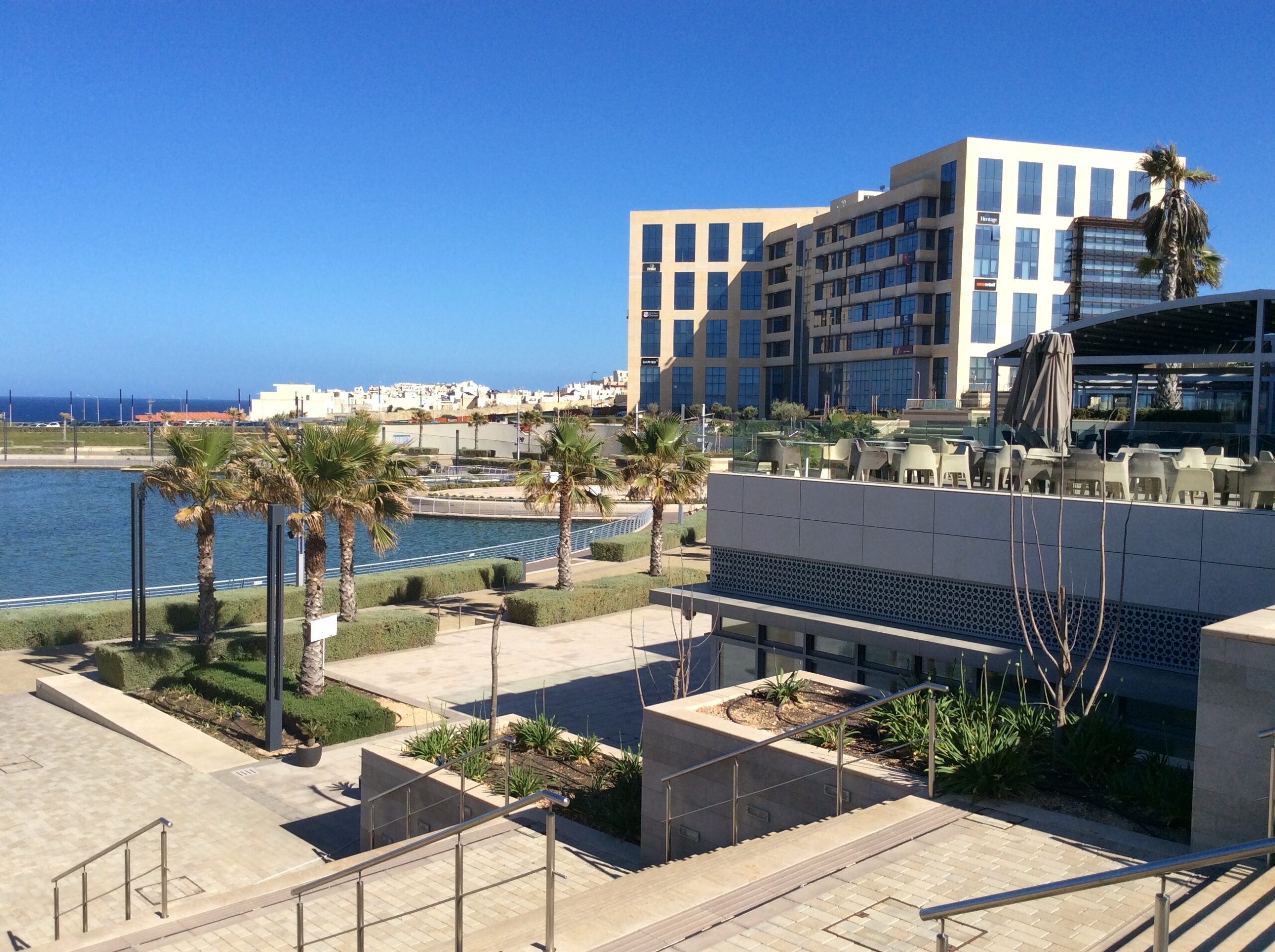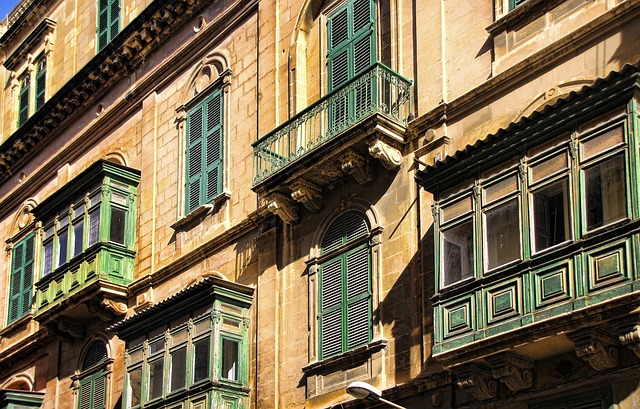1. The Ancient Megalithic Temples
Did you know that Malta is home to some of the oldest free-standing structures in the world? The megalithic temples of Malta, such as Ħaġar Qim, Mnajdra, and Ġgantija, date back to around 3600 BC. These ancient wonders predate Stonehenge and the Pyramids of Giza, showcasing Malta’s rich prehistoric heritage. The temples are a testament to the advanced architectural and engineering skills of Malta’s early inhabitants. The precise alignment of the temples with celestial events, such as the solstices, indicates a sophisticated understanding of astronomy.
2. A Strategic Mediterranean Stronghold

Due to its strategic location in the Mediterranean Sea, Malta has been a prized possession for various civilizations throughout history. From the Phoenicians to the Romans, and later the Knights of St. John, Malta’s strategic importance has shaped its unique and diverse cultural heritage. The island’s harbors, particularly the Grand Harbour, have been pivotal in trade and military operations. Over centuries, Malta has served as a crossroads of cultures, resulting in a rich tapestry of influences seen in its language, architecture, and traditions.
3. The Knights of St. John
In 1530, the Knights of St. John, a religious and military order, were granted control of Malta by the Holy Roman Emperor Charles V. They transformed the island into a fortress, leaving behind impressive architectural feats like the majestic St. John’s Co-Cathedral in Valletta. The Knights’ legacy is still evident in Malta’s grand fortifications and baroque architecture. They also established hospitals and significantly contributed to the development of the Maltese navy, enhancing the island’s defenses and medical care.
4. The Great Siege of 1565
One of Malta’s most defining historical events is the Great Siege of 1565. The Ottoman Empire, under Sultan Suleiman the Magnificent, attempted to invade Malta. The Knights of St. John, along with the Maltese people, valiantly defended the island. Their victory is celebrated annually, marking a pivotal moment in Maltese history. The siege lasted for nearly four months and was a brutal conflict, but the resilience and strategic brilliance of the defenders turned the tide, preserving Christian Europe from Ottoman expansion.
5. A Hub of Maritime Trade
Malta’s harbors have long been bustling centers of maritime trade. The Grand Harbour in Valletta, one of the deepest natural harbors in the world, has been a focal point for commerce and naval operations for centuries. This vibrant trade history has enriched Malta’s cultural tapestry. Ships from various nations docked at its ports, bringing diverse goods, people, and ideas, contributing to Malta’s cosmopolitan character. The island’s strategic position made it an essential stopover for traders and military fleets alike.
6. Valletta: A UNESCO World Heritage Site

Valletta, the capital city of Malta, is a UNESCO World Heritage Site. Founded by the Knights of St. John in 1566, Valletta boasts an array of historical buildings, museums, and churches. Walking through its streets feels like stepping back in time, surrounded by centuries of history. The city’s grid layout, innovative for its time, includes fortifications, bastions, and a collection of baroque architecture. Valletta’s cultural and historical significance is celebrated in its festivals, museums, and the continued preservation of its historic sites.
7. Malta During World War II
Malta played a crucial role during World War II due to its strategic position. The island endured intense bombings, known as the Siege of Malta, earning the George Cross for its bravery and resilience. Malta’s contribution to the Allied victory is a proud chapter in its storied past. The population’s indomitable spirit and the island’s strategic use as a base for Allied operations in the Mediterranean were pivotal in the fight against Axis forces. The extensive network of underground shelters and hospitals from this period are a testament to the islanders’ resilience.
8. The Maltese Language
Maltese, the national language of Malta, is a unique blend of Semitic roots with influences from Italian, French, and English. It’s the only Semitic language written in the Latin alphabet, reflecting Malta’s diverse cultural interactions over millennia. The language evolved from Siculo-Arabic, brought to the islands during the Arab occupation, and absorbed elements from various rulers and settlers. Today, Maltese is a symbol of national identity and cultural pride, with its unique vocabulary and phonetic structure.
9. Hypogeum of Ħal-Saflieni
The Hypogeum of Ħal-Saflieni is an extraordinary subterranean structure dating back to around 4000 BC. This prehistoric burial site, carved entirely out of limestone, offers a fascinating glimpse into Malta’s ancient rituals and architectural prowess. The complex includes a series of chambers, passages, and halls on three levels, displaying intricate carvings and red ochre paintings. The Hypogeum is a remarkable example of early engineering and spiritual practices, indicating a sophisticated prehistoric society.
10. Independence and Modern Malta

Malta gained independence from British rule on September 21, 1964. Since then, it has developed into a vibrant, independent nation while preserving its rich historical legacy. Today, Malta is known for its beautiful landscapes, thriving tourism, and a unique blend of old and new. The country joined the European Union in 2004, enhancing its economic and political integration with Europe. Malta’s modern achievements, such as its strong financial services sector and technological advancements, are celebrated alongside its historical treasures.
Malta’s history is a tapestry woven with remarkable events and cultural influences. From ancient temples to wartime resilience, each fact adds to the rich narrative of this island nation. Exploring Malta’s past not only enriches your knowledge but also deepens your appreciation for its vibrant present. Dive into these fascinating historical tidbits and discover the captivating story of Malta, an island where history and modernity coexist in harmony, creating a unique and enriching experience for all who visit.


